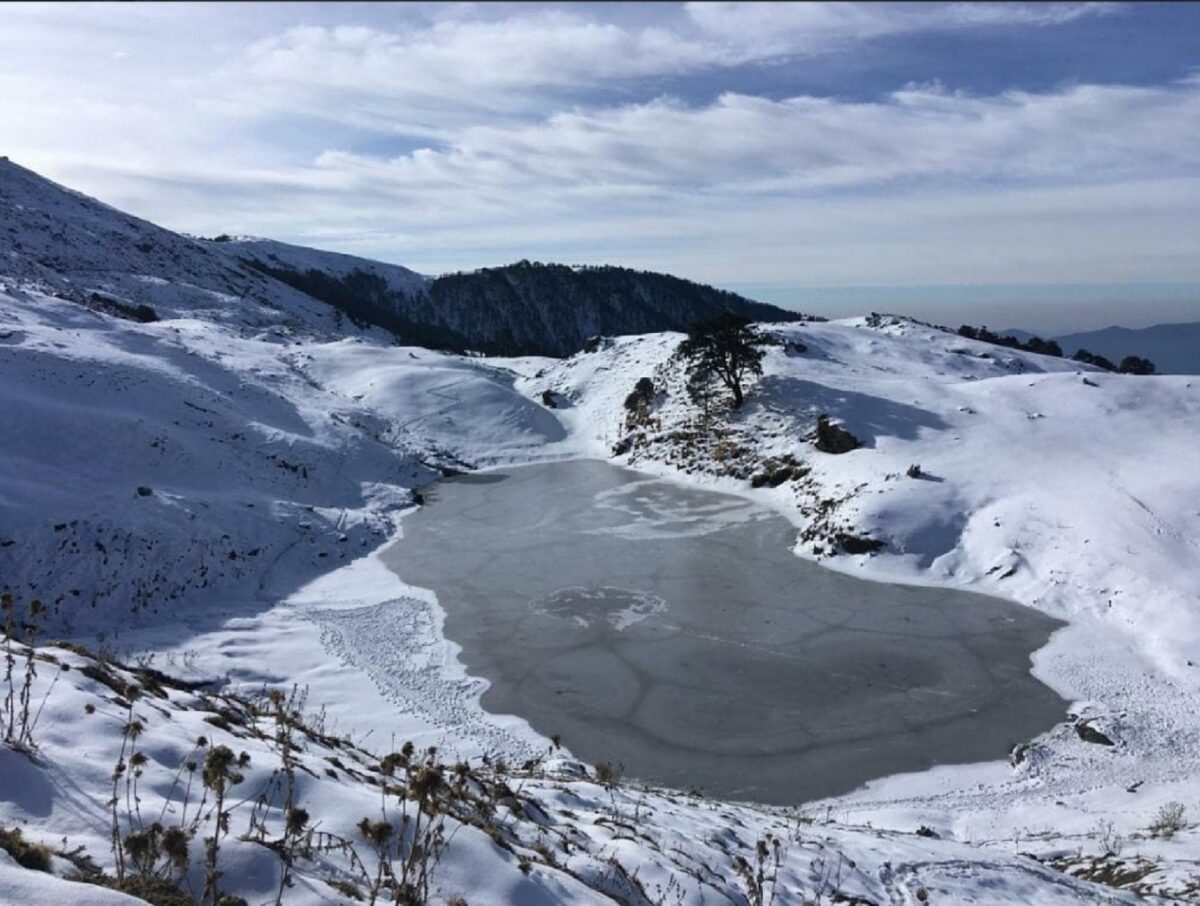Find the Best Time to Trek in the Himalayas

Introduction
The Himalayas, with their majestic peaks, pristine valleys, and diverse ecosystems, offer some of the most breathtaking trekking experiences in the world. From the snow-capped summits of Everest to the verdant meadows of the Valley of Flowers, each season in the Himalayas presents its own unique charm for trekkers. In this comprehensive guide, we’ll explore the best time to trek in the Himalayas, considering factors such as weather, trail conditions, and seasonal highlights. We’ll also delve into specific treks like the Valley of Flowers Trek and Kuari Pass Trek to help you plan your adventure with confidence.
1. Spring Trek (March to May)
Spring is one of the most popular times to trek in the Himalayas, as the weather is mild, the skies are clear, and the landscapes come alive with vibrant colors. Here’s what to expect during spring trekking:
- Flowering Rhododendrons: The hillsides burst into a riot of colors as rhododendrons bloom in shades of pink, red, and white, creating a stunning backdrop for trekkers.
- Moderate Temperatures: Daytime temperatures are pleasant, ranging from mild to warm, making it comfortable for trekking. However, nights can still be chilly at higher elevations.
- Clear Views: With minimal cloud cover and reduced precipitation, spring offers excellent visibility of the snow-capped peaks and surrounding landscapes.
- Popular Treks: Spring is an ideal time for treks like the Valley of Flowers Trek, where you can witness the beauty of alpine flowers in full bloom against the backdrop of the Himalayas.
2. Summer Trek (June to August)
Summer in the Himalayas is characterized by warmer temperatures, lush greenery, and the onset of the monsoon season. While summer trekking offers its own set of challenges, it also presents unique opportunities for adventure:
- Green Landscapes: The valleys and hillsides are lush and verdant during the summer months, thanks to the monsoon rains. The landscape is carpeted with wildflowers, ferns, and moss-covered rocks, creating a picturesque setting for trekkers.
- Fewer Crowds: Compared to the peak season of spring, summer sees fewer trekkers on popular routes, offering a quieter and more peaceful trekking experience.
- Monsoon Rains: However, summer trekking also means dealing with the onset of the monsoon season, which brings rain showers, fog, and muddy trails. Trekkers should be prepared for wet and slippery conditions, especially in regions prone to landslides and flash floods.
- High-Altitude Treks: While lower-altitude treks are still feasible during the summer months, it’s important to exercise caution on high-altitude routes due to the risk of inclement weather and poor visibility.
3. Autumn Trek (September to November)
Autumn is widely regarded as the best time to trek in the Himalayas, thanks to its clear skies, mild temperatures, and stunning vistas. Here’s why autumn is the favored season for trekkers:
- Clear Skies: Autumn offers the best weather conditions for trekking, with clear skies, minimal precipitation, and excellent visibility of the surrounding mountains. Kuari Pass Trek in autumn is indeed a fantastic experience.
- Spectacular Views: The post-monsoon period leaves the landscapes fresh and vibrant, with snow-capped peaks, golden meadows, and azure skies providing a breathtaking backdrop for trekkers.
- Comfortable Temperatures: Daytime temperatures are pleasant, ranging from cool to mild, making it comfortable for trekking at all altitudes. Nights can be chilly, especially at higher elevations, so be sure to pack warm layers.
- Cultural Festivals: Autumn coincides with several cultural festivals in the Himalayan region. Providing trekkers with the opportunity to witness local traditions, celebrations, and rituals.
4. Winter Trek (December to February)
Winter trekking in the Himalayas is reserved for the most adventurous and experienced trekker. As it presents formidable challenges such as freezing temperatures, heavy snowfall, and limited infrastructure. However, for those willing to brave the cold, winter offers a unique and rewarding trekking experience:
- Snow-Covered Landscapes: The Himalayan landscapes transform into a winter wonderland during the colder months. With snow-covered peaks, frozen lakes, and icicle-adorned trees creating a magical atmosphere.
- Fewer Crowds: Winter sees significantly fewer trekkers on popular routes, allowing for a more solitary and intimate experience amidst the pristine wilderness.
- Extreme Conditions: Trekking in winter requires careful planning, specialized gear, and a high level of fitness due to the extreme weather and challenging terrain. It’s essential to be prepared for sub-zero temperatures, icy trails, and limited daylight hours.
- High-Altitude Treks: Winter trekking is best suited for lower-altitude routes or high-altitude treks with experienced guides and proper equipment. Popular winter treks include the Chadar Trek in Ladakh and the Har Ki Dun Trek in Uttarakhand.
Conclusion
The Himalayas offer a trekking experience for every season, each with its own unique attractions and challenges. Whether you prefer the colorful blooms of spring, the lush greenery of summer. The crisp air of autumn, or the snowy landscapes of winter, there’s a perfect time to trek in the Himalayas. By considering factors such as weather, trail conditions, and seasonal highlights. You can plan your Himalayan adventure with confidence. Embark on an unforgettable journey amidst some of the world’s most spectacular mountain scenery.











